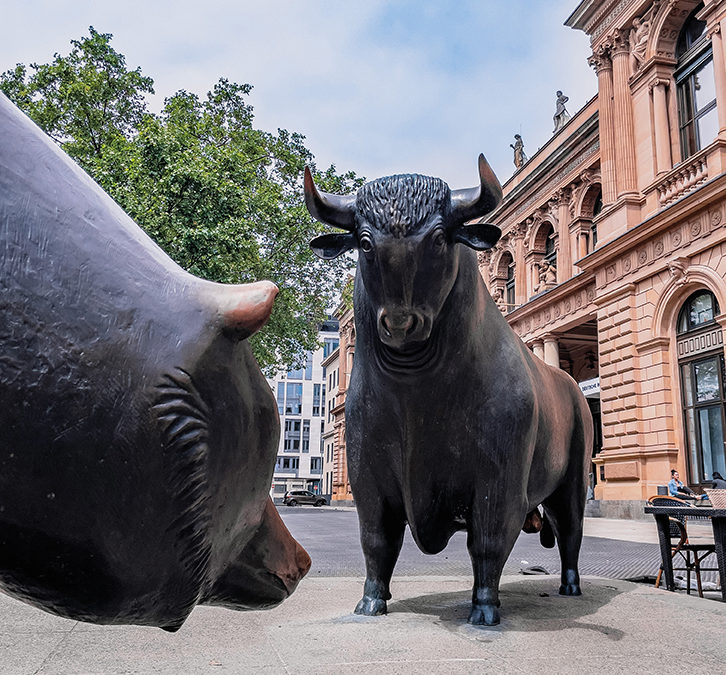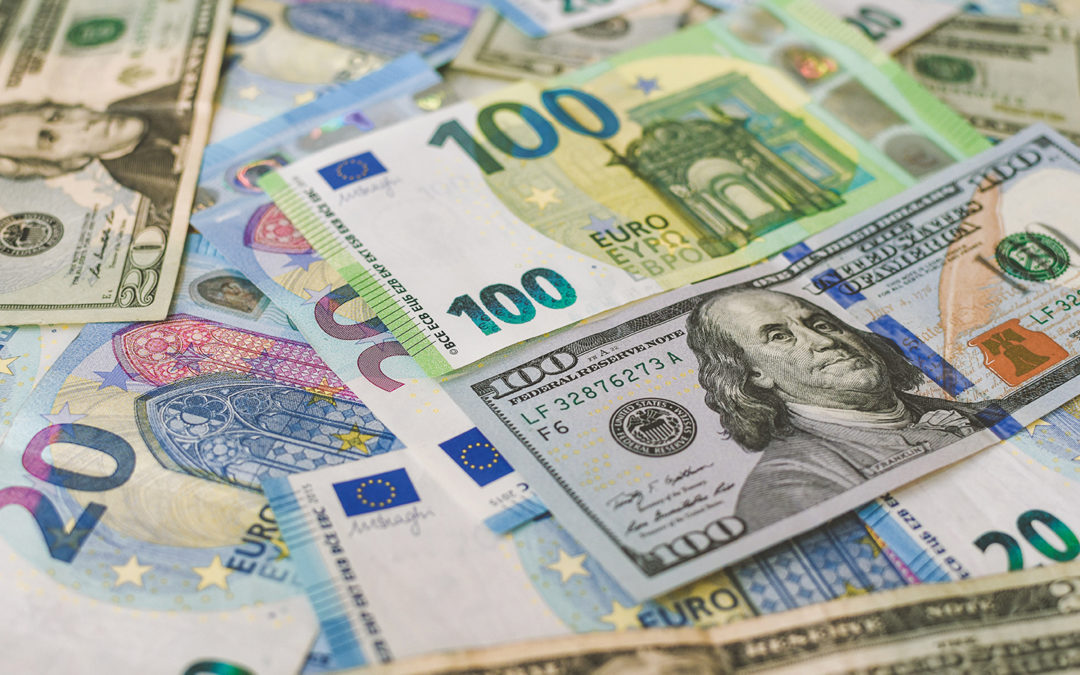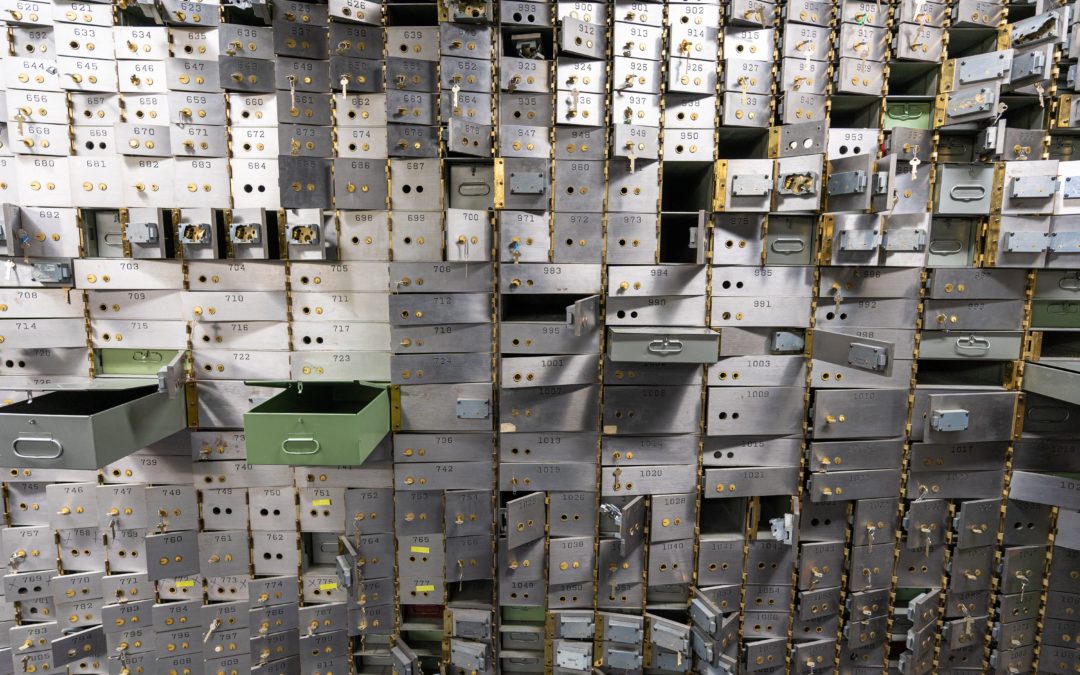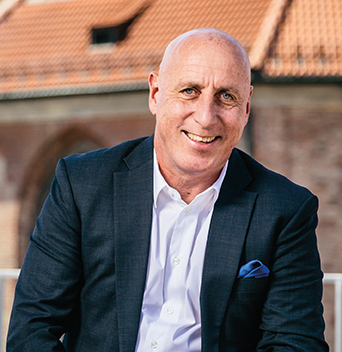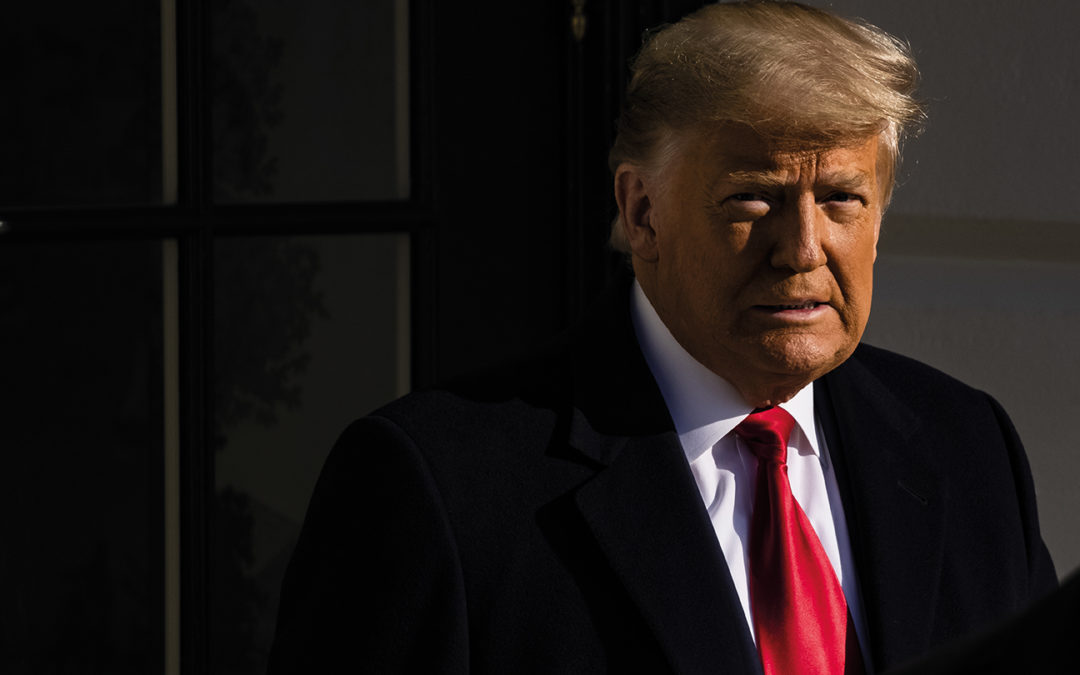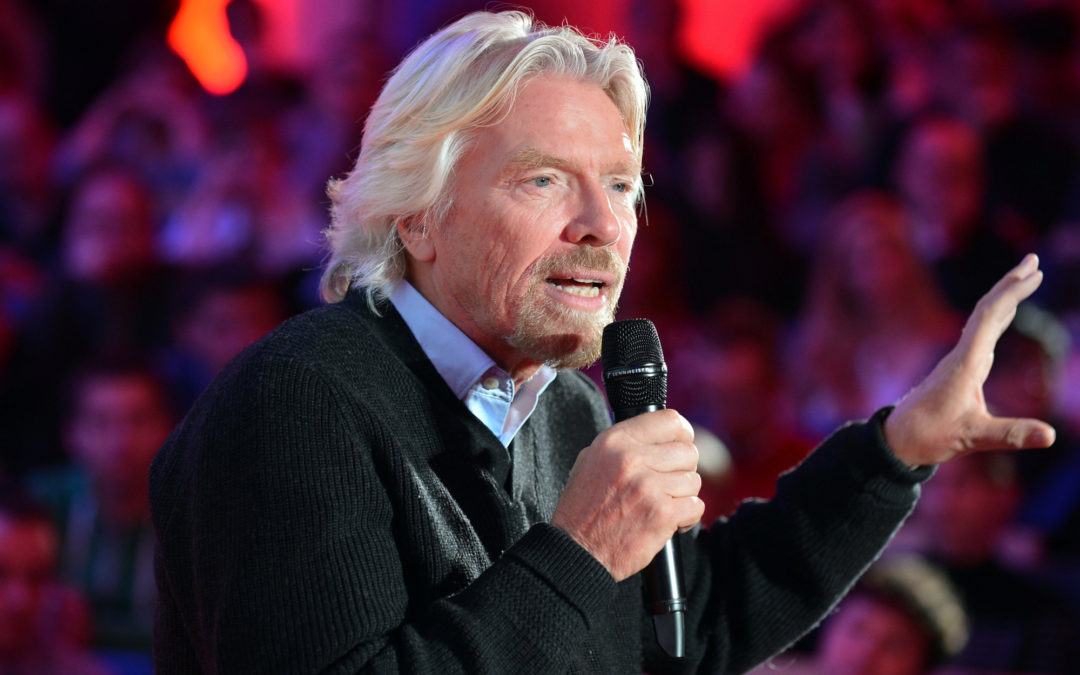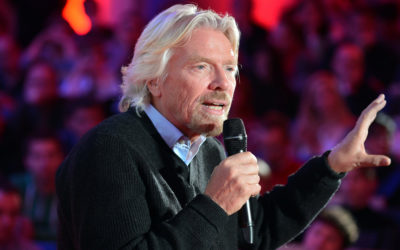increasingly looking for more climate-friendly alternatives to conventional products – including alternatives to classic cars with combustion engines. After all, road traffic currently accounts for 17 percent of the global greenhouse gas emissions.
The rapid end of the combustion engine
In middle of July 2021, the EU set ambitious plans for the reduction of greenhouse gas emissions as part of the „Fit for 55“ strategic plan. According to these plans, annual emissions from new passenger cars are to be reduced by 55 percent from 2030 and by 100 percent from 2035 (relative to 2021), which means the de facto end of sales of conventional combustion cars. At the moment, the alternatives are mainly electric vehicles and cars with alternative fuels. VW, for example, wants to produce the last conventional combustion car by 2035 at the latest anyway. Audi, too, will gradually phase out the production of internal combustion cars by 2033, with only electric models to be launched on the market as early as 2026.
For North America, Europe and large parts of the Asian market, on the other hand, car manufacturers are preparing for a fundamental change in demand. Volkswagen has set a target of 28 million EVs (electric vehicles) by 2028. Tesla has probably the most ambitious plans on the market, which from today‘s point of view should be taken with a pinch of caution, but which also reflect an enormous growth fantasy. Tesla wants to sell 20 million electric vehicles in one year by 2030. Based on current sales figures, this would mean that every fourth car sold worldwide would be a Tesla and various EV market forecasts would be a waste of time.
Growing demand for stationary battery storage
Battery manufacturers are the main beneficiaries of the strong growth in electric vehicle sales. This is because so far more than 30 percent of the cost of an electric car is usually attributable to the battery. About 75 percent of the current production capacity for battery cells is located in Asia, where CATL, LG Energy Solution/LG Chem, BYD, Panasonic and Samsung SDI are the world‘s leading producers.
Even though e-mobility is the main driver of the upcoming demand tsunami, the demand for stationary battery storage is also growing. This is mainly driven by the expansion of renewable energies, as solar and wind power, for example, are not always evenly available and storage capacity is therefore required to balance out the ups and downs. According to estimates by the International Energy Agency (IEA), demand for stationary battery storage will grow to around 200 GWh (gigawatt hours) by 2030.
All battery manufacturers are planning a huge expansion of production capacities. In Asia, for example, manufacturers‘ capacities are expected to expand from 345 GWh in 2020 to about 1,630 GWh for 2030, which corresponds to an annual growth rate of 16.8 per cent and could probably be significantly exceeded in the medium term. Substantial production capacities are also expected to be built up in Europe.
Short- to medium-term raw material bottlenecks possible – with rising profits for producers
With the very strong increase in demand for storage possibilities, the demand for the corresponding raw materials is also rising. According to the IEA, the demand for lithium in 2040 is expected to be 42 times greater than in 2020 – lithium producers such as Albemarle, SQM, Gangfeng Lithium or Lithium Americas should benefit from this. Demand for graphite, cobalt and nickel is also expected to increase by a factor of 20. A research by the Fraunhofer Institute has shown that there are sufficient global reserves for a worldwide switch to electromobility. However, it cannot be ruled out that there may be supply bottlenecks in the short and medium term. It is quite conceivable that there will be major supply shortages of both lithium and nickel as early as the middle of this decade, which will consequently favour prices and thus profits for producers.
Battery types: Energy and power density are decisive
The most common battery types currently in use are NCA, NMC and LFP batteries. The latter do not require nickel and cobalt and also have a slightly different production process compared to NCA and NMC batteries. The perfect battery type does not exist, rather it depends on the application and the preferences of the end consumer. This is because the different battery compositions have different advantages and disadvantages.
The most important characteristics of a battery, apart from cost, service life and safety, are energy density and power density. The greater the energy density, the more energy can be stored for the same weight of battery, which is decisive for the maximum range of the electric vehicle. The greater the power density, the more power the battery can deliver with the same weight. Accordingly, the power density is decisive for the speed of the charging process and the recovery of energy during braking.
In a direct comparison in terms of energy density, NMC and NCA batteries stand out positively, while LFP batteries are more convincing in terms of safety, price, charging speed and service life. On the subject of safety, the relatively expensive NCA batteries in particular can be seen as problematic, as battery fires cannot be completely ruled out here, whereas the fire risk with LFP batteries in the event of a short circuit is very low.
Overall, the properties of the LFP battery make it particularly suitable for inner-city traffic and smaller cars. BYD, for example, relies on LFP technology for city buses, but Tesla, Daimler and VW will also offer cars with LFP batteries in the future. Currently, mainly NMC and NCA batteries are installed in electric cars in Europe, with the primary goal of maximising range.
Battery market with massive growth opportunities
In addition, research has been going on for many years on so-called solid-state batteries, which are expected to have a high energy and power density as well as a high degree of safety. Solid-state batteries are not expected to come onto the market until 2024 at the earliest, but there are still various technological hurdles in addition to the question of cost, which is why some more critical experts consider an introduction from 2030 onwards to be realistic.
Whatever the battery of the future will look like, one thing is already clear: the battery is a linchpin in the fight against climate change – a market that is currently still in its infancy and offers massive growth opportunities over the next decade. A whole range of companies and industries are affected by this trend – from lithium producers such as Albemarle (world market leader in lithium compounds), to battery manufacturers such as Samsung SDI, e-car manufacturers such as Tesla and also recycling companies such as Aurubis.






